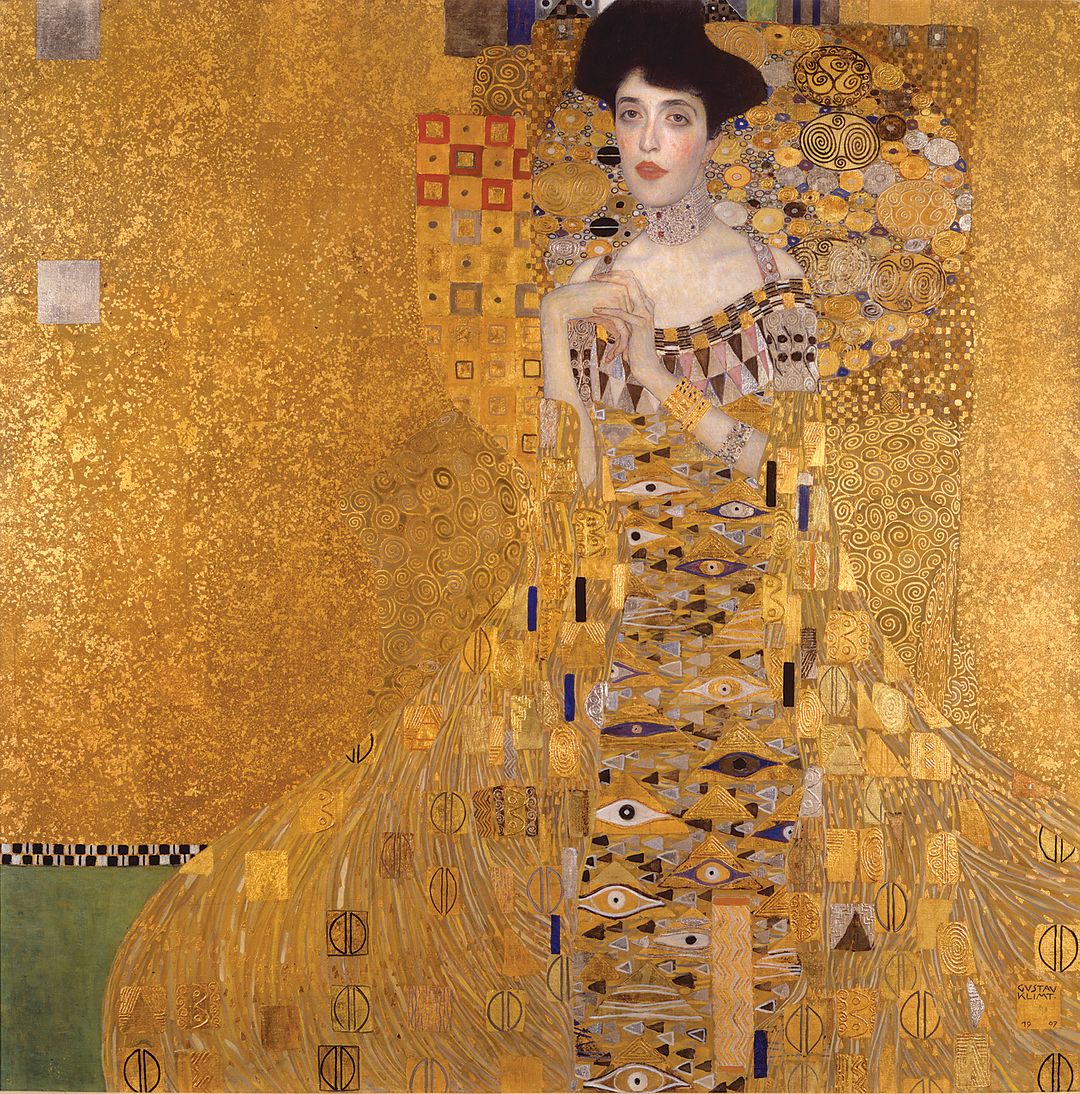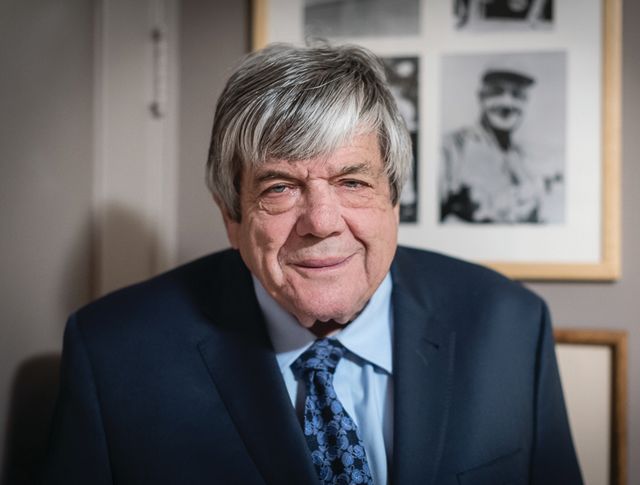Lawyer Don Burris Helps Rescue Art Looted by the Nazis

Portrait of Adele Bloch‑Bauer I, 1907. Oil, silver, and gold on canvas. Acquired through the generosity of Ronald S. Lauder, the heirs of the Estates of Ferdinand and Adele Bloch-Bauer, and the Estée Lauder Fund
The 2015 movie Woman in Gold, starring Helen Mirren, was based on the true story of Maria Altmann, who together with her lawyers and a Hungarian journalist fought to recover an iconic Gustav Klimt painting stolen from her family by the Nazis. Lawyer Don Burris, who worked on the case with his partner, Randol Schoenberg, will talk about the real-life events that inspired the film in the Jewish Housing Council Foundation’s “Nosh & Knowledge” lecture series, Oct. 23 at Michael’s On East; call (941) 203-6237 for tickets. We asked Burris about the legal battle to restore to the rightful owners art looted by the Nazis decades ago.
Q. Tell me a little about your background.
I started out at Georgetown Law School, clerked for a federal judge in San Francisco, served on the Watergate committee, and eventually returned to Los Angeles, where I became senior founding partner of Burris & Schoenberg. I knew Randy and I invited him to join me. One day Randy and I were chatting, and he told me about the Klimt case. I said, “Why don’t I give you a piece of the firm, and we do this as a firm case? It’s a good thing to do.” Of course, you’d have been sent to an insane asylum if you’d said back then the case could lead where it did.

Don Burris
Image: Courtesy Photo
Q. How did you approach the case for Maria Altmann, whose aunt was the subject of the Klimt painting, Portrait of Adele Bloch-Bauer I?
We worked to get the case heard by the Supreme Court. Austria [which had possession of the painting] was working very hard to have the case heard there, and initially the U.S. Solicitor General was intervening on behalf of the Austrians, because the Bush administration’s philosophy was “no impingement on sovereignty” [meaning Austria’s sovereign rights], and they were reluctant to open the floodgates to these kinds of cases. But four judges did agree to hear the case here, and Randy was magnificent in his arguments. I helped to write the briefs, and I was brilliant in my chair.
Q. Was it a close decision?
I thought it was an uphill fight but that we had a shot. We actually won 6-3. We had made a big mistake, thinking [late Supreme Court Justice Antonin] Scalia would be against us. But he sided with us [against dissenters Anthony Kennedy, William Rehnquist and Clarence Thomas]. And then we agreed to a three-man arbitration in Austria, which we also won.
This all started in 1998, and went on for nearly a decade. Meanwhile, we had a client in her 90s who just wanted to touch the paintings again. [Several paintings were returned to Altmann; the portrait of her aunt eventually sold for $135 million.]
Q. Are you still fighting cases like this?
Twenty-five percent or more of my practice is related to looted art. Some cases we can’t take, because there are statutes of limitation. But I try to spend at least a few minutes with any Holocaust victim who calls me.
Q. Is there still more missing art out there that was taken by the Nazis?
A vast amount—100,000 items still missing, some of which could have been destroyed, of course. This is the greatest property crime in the history of mankind. I call it the unfinished business of the 20th century. And it wasn’t incidental. The idea wasn’t just to eradicate the Jews, but to take away their culture.